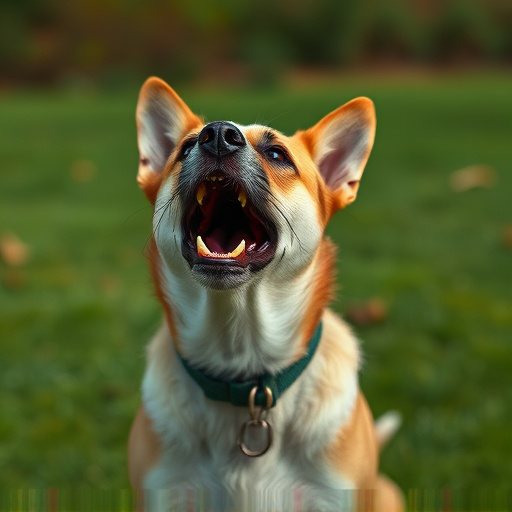Understanding pepper spray's cone pattern dimensions (3-5 meters) is crucial for effective dog aggression management. Aiming within this range disrupts aggressive behavior without severe harm. Follow safety guidelines: store securely, wear protective gear, adhere to local laws, and give the area time to clear after deployment. Combine with positive reinforcement training for sustainable results.
“Is pepper spray a viable option for deterring aggressive dogs? This comprehensive guide explores the effectiveness of this self-defense tool, delving into its impact on canine behavior. We’ll uncover the science behind pepper spray’s action and how ‘pepper spray cone pattern dimensions’ influence its coverage area.
Additionally, we provide essential safety precautions and practical tips for dog owners considering this method, ensuring informed decisions are made in managing potential threats.”
- Pepper Spray: Effective Against Aggressive Dogs?
- Understanding Cone Pattern Dimensions for Optimal Coverage
- Safety Precautions and Usage Tips for Dog Owners
Pepper Spray: Effective Against Aggressive Dogs?
Pepper spray, often used for personal defense against humans, has gained attention as a potential tool for dealing with aggressive dogs. While its effectiveness in such scenarios is a topic of debate among experts and dog owners alike, understanding its mechanics can shed light on its possible utility. Pepper spray functions by releasing a fine mist containing capsaicin, the compound responsible for the burning sensation associated with chili peppers. This irritant targets the eyes, nose, and respiratory system, temporarily impairing vision, causing tears, coughing, and difficulty breathing.
In terms of pepper spray’s cone pattern dimensions and its impact on aggressive dogs, studies suggest that the spray’s range and coverage area are crucial factors. A well-aimed stream can disrupt an attacking dog’s behavior by triggering its sensory systems. The cone pattern refers to the spray’s dispersion angle; a narrow cone ensures precise targeting while a broader one covers a larger area. Given the right cone pattern dimensions, pepper spray could potentially deter aggressive dogs without causing them severe harm, making it a game-changer for personal safety during dog encounters.
Understanding Cone Pattern Dimensions for Optimal Coverage
When considering pepper spray for aggressive dogs, understanding the pepper spray cone pattern dimensions is crucial for optimal effectiveness and coverage. The cone shape refers to the spray’s range and reach, with the narrowest point representing the maximum distance the spray can reach, typically around 20-30 feet (6-9 meters). At this distance, the spray forms a narrow cone, ensuring that any dog within the path will be affected.
However, as you move closer to the source, the cone expands, allowing for broader coverage. Most pepper sprays have an optimal range where the concentration of capsaicin is most effective—around 10-15 feet (3-4.5 meters). This knowledge helps users target aggressive dogs accurately, maximizing the impact while minimizing the risk of off-target effects.
Safety Precautions and Usage Tips for Dog Owners
When considering pepper spray as a deterrent for aggressive dogs, safety is paramount. Always store the spray in a secure location that’s out of reach of pets and children. Ensure proper ventilation when using it, and wear protective clothing, including gloves and goggles, to minimize direct contact with the spray. Keep in mind that pepper spray should be used as a last resort; it can cause temporary blindness and respiratory distress if misused or if the cone pattern dimensions (typically around 3-5 meters) are not respected.
For effective use, familiarize yourself with local laws regarding pepper spray for dogs. Aim for the dog’s face within the cone pattern range; a direct hit should disrupt its behavior without causing severe harm. After deployment, give the area time to clear before re-entering, and seek veterinary assistance if needed for any exposed individuals or pets. Regular training sessions focusing on positive reinforcement can also help manage aggression more sustainably.
Pepper spray can be a valuable tool for dog owners facing aggressive behavior, but understanding its application is key. By knowing the optimal cone pattern dimensions and following safety precautions, dog owners can effectively manage potential threats while ensuring their own well-being. Always prioritize training and positive reinforcement as primary methods of behavior modification, and consider pepper spray as a secondary measure when necessary.
